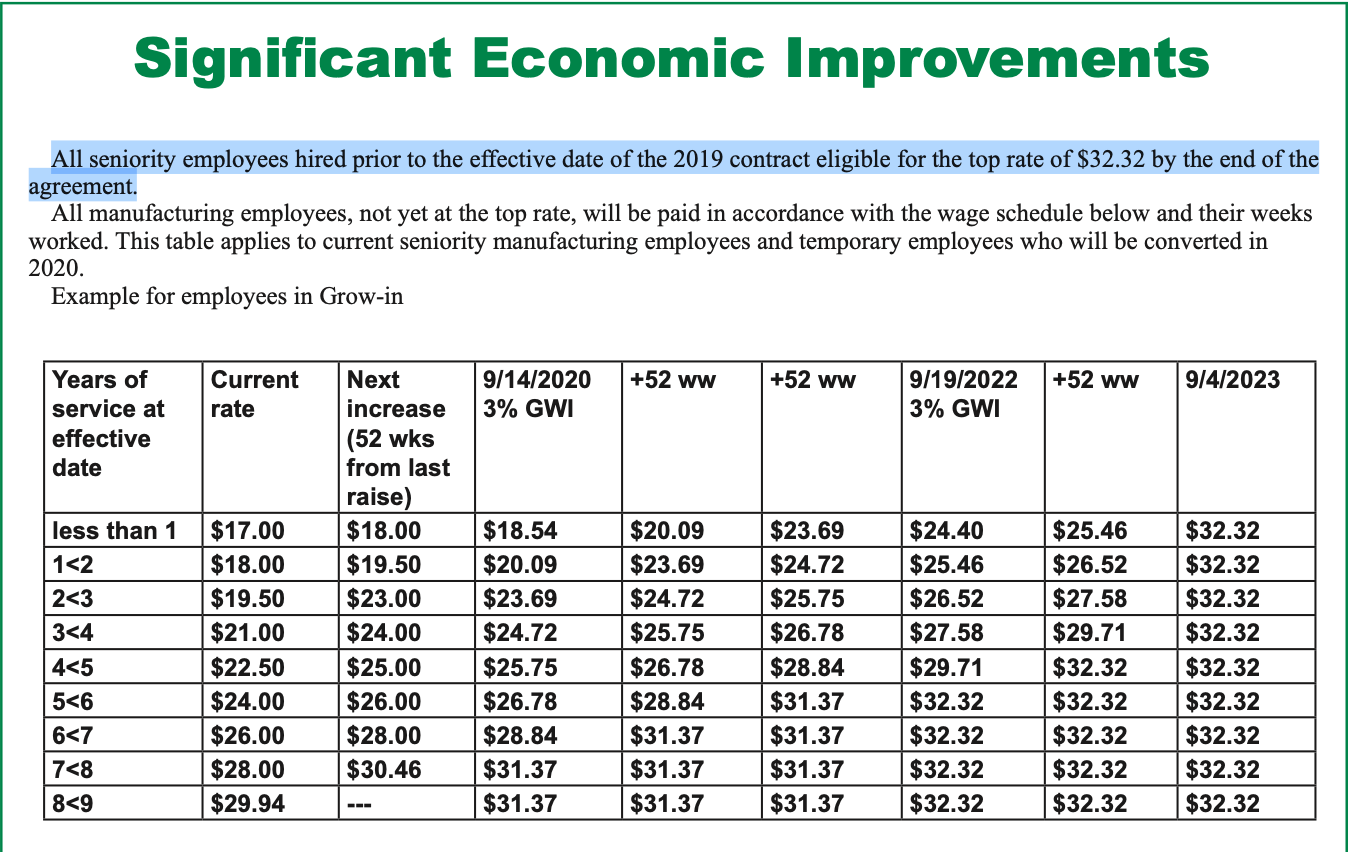Okay, so the other day I got curious about what folks working at General Motors actually pull in. You hear all sorts of numbers thrown around, especially when there are talks about contracts or strikes, so I decided to do a little digging myself to see what I could find out.

My first step was pretty straightforward. I just opened up my browser and started searching. Typed in things like “GM worker pay” and “General Motors factory salary”. Right away, I saw a bunch of different figures popping up on various websites. Some seemed really high, some kinda low. It was clear this wasn’t going to be a single, simple answer.
Then I realized, “GM worker” is super broad, right? There’s a huge difference between someone working on the assembly line, screwing bolts all day, and an engineer designing the next electric vehicle, or a manager overseeing a whole department. The factory floor folks, especially the ones represented by the UAW (United Auto Workers union), usually get paid hourly based on a contract. The office types, engineers, marketing people, they’re typically salaried.
I decided to focus more on the hourly production workers because that’s often what people think of first. So, my next move was to specifically look for information about the UAW GM contract. I searched for terms like “UAW GM wage scale” or “current GM union contract pay rates”. This was a bit more fruitful.
I found discussions and articles talking about the contract negotiations and the wage structures. It became clear that pay isn’t static. New hires start at a lower rate and gradually increase over several years until they reach the “top rate”. There are also different levels depending on the specific job – someone in skilled trades, like an electrician or a machine repair person, is going to make more than someone on the general assembly line.
Looking at Job Sites and Salary Aggregators
Alongside looking for contract specifics, I also checked out websites like Glassdoor and Indeed. You know, the places where current or former employees sometimes post their salaries. This gave me another perspective.

- I saw ranges for assembly line workers.
- I saw ranges for production supervisors.
- I saw ranges for skilled trades positions.
But, you gotta take those sites with a grain of salt. It’s self-reported data, sometimes it’s old, and it might not always reflect the exact union scale agreed upon in the latest contract. Still, it helped paint a broader picture and confirmed that pay varies quite a bit based on the role.
Putting It Together
So, after poking around for a while, here’s what I gathered:
For the UAW production workers, there’s a defined pay scale in their contract. Starting pay might be somewhere in the high teens or low twenties per hour, but it steps up over time. Experienced workers at the top rate can make significantly more, often well into the $30s per hour, before overtime or shift premiums. Skilled trades folks generally earn even more than that, sometimes quite a bit more.
For salaried employees (engineers, managers, admin staff, etc.), it’s a whole different ballgame and depends heavily on experience, education level, specific job responsibilities, and location. The range here is massive, from entry-level office jobs to high-level executives.
Ultimately, finding a single number for “how much GM workers make” is tough. It really depends on which worker you’re talking about. Are they union or salaried? What specific job do they do? How long have they been there? Are they working overtime? For the factory floor folks, the UAW contract is the key document outlining their wage progression. For everyone else, it’s more like any other large corporation – pay varies widely based on the role and qualifications.

It was an interesting little research project, just trying to get a handle on the real numbers instead of relying on hearsay.
